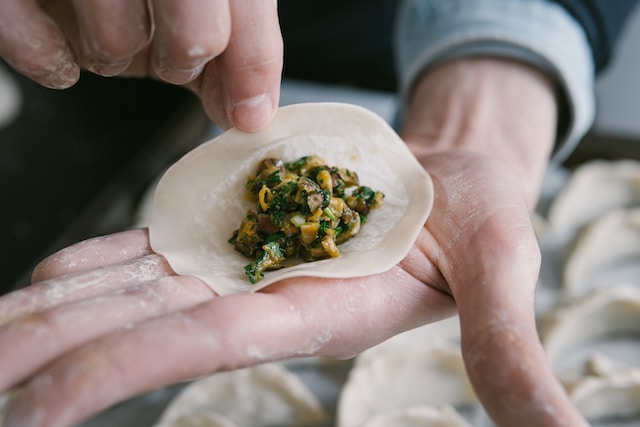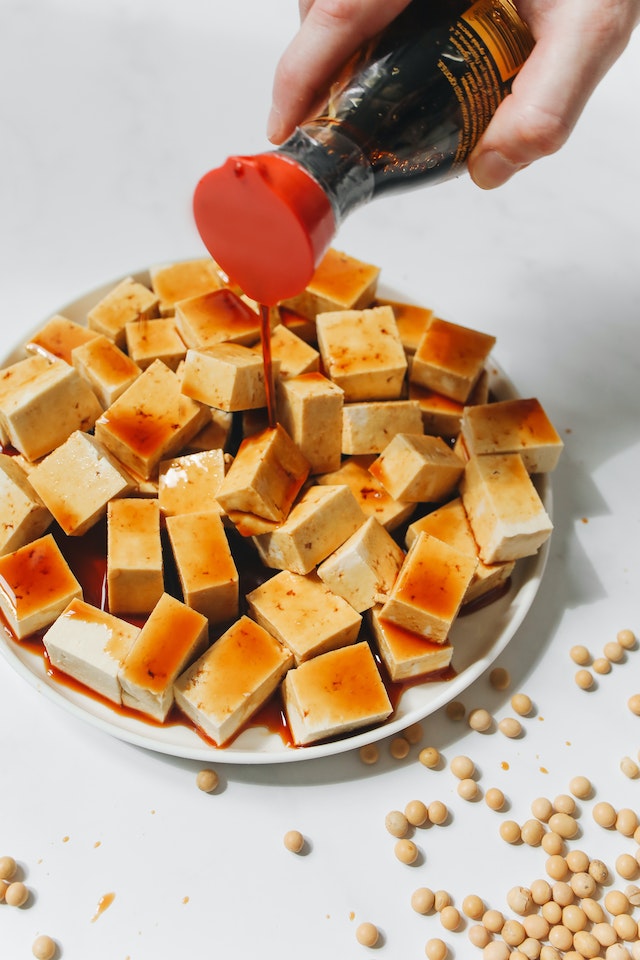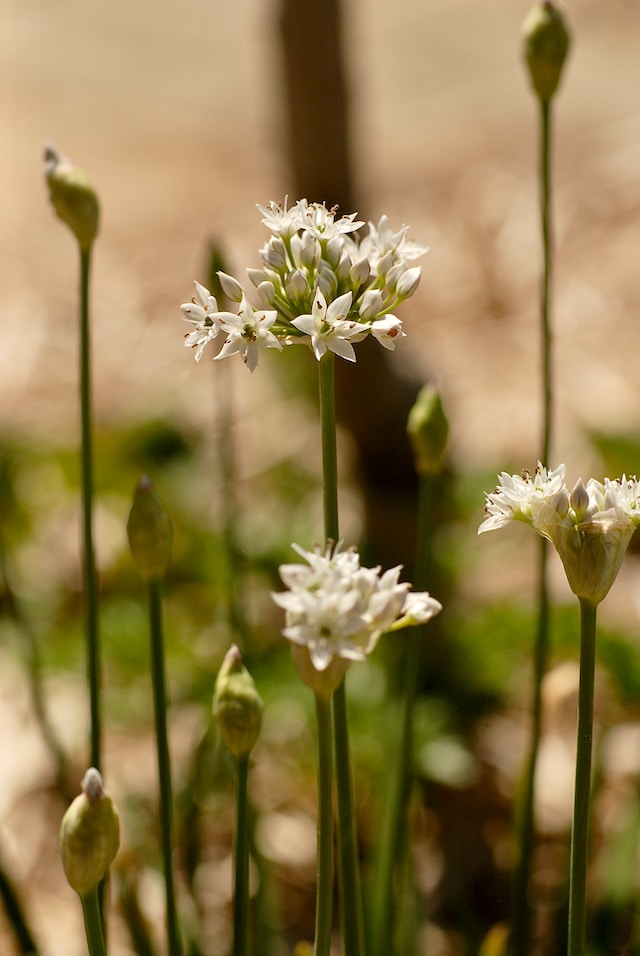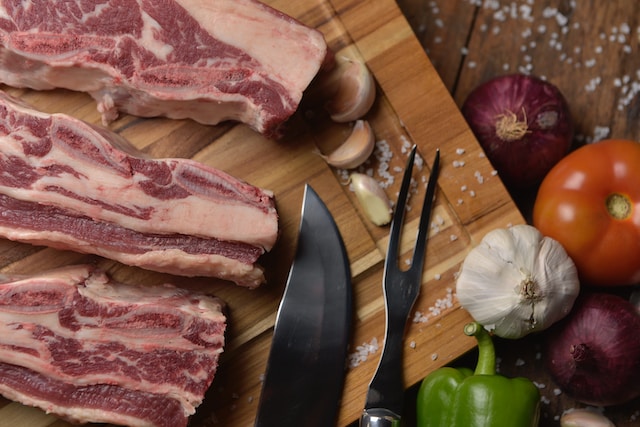
With a culinary heritage spanning thousands of years, Chinese cuisine has evolved into an art form, marked by its diversity and distinct regional styles. At the heart of this remarkable cuisine lie a handful of key ingredients, carefully chosen and harmoniously combined to create dishes that are both delicious and deeply satisfying. Join us on a journey through the culinary landscape of China as we delve into the essential components that make Chinese cuisine truly extraordinary.
The Core Ingredients
In Chinese cuisine, a symphony of flavors is created by skillfully incorporating a variety of core ingredientsspi. These essential components form the foundation upon which every dish is built, showcasing the culinary mastery for which Chinese cuisine is renowned.
Soy Sauce
Soy sauce, a staple in Chinese cooking, is the epitome of umami, the savory fifth taste. It adds depth and richness to dishes, enhancing their flavors with its unique blend of fermented soybeans, salt, and grains. From stir-fries to noodle dishes, the subtle complexity of soy sauce brings balance and harmony to the overall taste profile, making it an indispensable ingredient in Chinese culinary repertoire.
Ginger
With its pungent and aromatic qualities, ginger enlivens Chinese dishes with a fiery zest. Its versatile nature allows it to be used in both savory and sweet preparations. Whether grated, minced, or in slices, ginger lends a distinct warmth and complexity to stir-fries, soups, marinades, and sauces, making it a fundamental flavor component that elevates the overall taste experience.
Garlic
Revered not only for its medicinal properties but also for its aromatic prowess, garlic forms an integral part of Chinese cuisine. Its fragrant profile adds depth and intensity to a wide range of dishes, including braised meats, stir-fried vegetables, and sauces. Garlic’s ability to enhance flavors and create a delightful aroma makes it a key ingredient in Chinese cooking.
Spring Onions
Also known as scallions or green onions, spring onions bring a delicate yet distinctive flavor to Chinese dishes. Often used as a finishing ingredient, spring onions provide a crisp freshness and mild sharpness to stir-fries, noodle dishes, and dumplings. Their vibrant green color also adds visual appeal to the presentation of the final dish.

Rice Vinegar
A staple in Chinese cooking, rice vinegar is essential for achieving the perfect balance of flavors, particularly in marinades, dressings, and dipping sauces. Its mild acidity and delicate sweetness lend pleasant tartness, lifting the overall taste and creating a tantalizing sensation on the palate. Whether it’s a zesty hot and sour soup or a tangy dipping sauce, rice vinegar imparts that essential touch of brightness.
Starch Staples
To truly appreciate the depth and variety of Chinese cuisine, we must delve into the world of starch staples. These humble yet essential ingredients serve as the foundation for countless Chinese dishes, providing sustenance and texture in equal measure. From comforting noodles to crispy fried rice, the starch staples of Chinese cuisine play a crucial role in creating unforgettable culinary experiences.
Rice
Rice, the most iconic and versatile of all the starch staples, holds a sacred place in Chinese culture. Whether it’s steamed, fried, or used to make congee, rice serves as the cornerstone of countless Chinese dishes. Its subdued flavor acts as the perfect canvas for absorbing the vibrant flavors of accompanying ingredients, while its comforting texture adds a familiar and satisfying element to any meal.
Noodles
Noodles, with their wide range of shapes, sizes, and preparations, showcase the diversity of Chinese cuisine in stunning fashion. From thin and delicate egg noodles to the hearty and chewy wheat noodles, each variety brings its own unique texture and character to the table. Whether they’re swimming in a steaming bowl of broth or stir-fried with an assortment of savory ingredients, noodles are an integral part of Chinese cuisine, providing sustenance and an enjoyable mouthfeel.
Dumpling Wrappers
No discussion of Chinese starch staples would be complete without mentioning the delicate and pliable dumpling wrappers. These thin sheets of dough, made from either wheat or rice flour, encase a world of flavors and fillings, giving birth to the beloved dumpling. Whether filled with meat, vegetables, or a combination of both, dumplings delight with their tender texture and satisfying bite. Steamed or fried, these little packages of joy bring people together, symbolizing unity and happiness.
Sticky Rice
Sticky rice, also known as glutinous rice, possesses a unique and captivating quality that sets it apart from its long-grain counterparts. When cooked, it becomes wonderfully sticky and chewy, making it the perfect base for iconic dishes like zongzi (sticky rice dumplings) and eight-treasure rice pudding. The sticky texture of this almost translucent rice creates a delightful contrast to other ingredients, adding a touch of surprise and intrigue to every bite.

Bean Curd
Bean curd, often referred to as tofu, is a beloved starch staple in Chinese cuisine, cherished for its incredible versatility. Soft and silky, it effortlessly absorbs the flavors of accompanying ingredients, making it the perfect canvas for both subtle and bold seasonings. Whether it’s stir-fried, braised, or incorporated into soups, bean curd adds a delicate and ethereal quality to Chinese dishes, akin to biting into a cloud.
Spice Pantry Essentials
No exploration of Chinese cuisine would be complete without uncovering the treasures that lie within the spice pantry. Bursting with a multitude of fragrant herbs and spices, this collection of aromatic wonders brings depth, complexity, and tantalizing flavors to Chinese dishes.
Five-Spice Powder
Five-spice powder, an essential blend in Chinese cooking, encapsulates the harmonious balance of five key flavors: sweet, spicy, sour, bitter, and salty. This fragrant mixture, typically made with star anise, cloves, Chinese cinnamon, Sichuan peppercorns, and fennel seeds, lends its intoxicating aroma to a myriad of dishes. From braised meats to roasted vegetables, just a sprinkle of this magical powder infuses the dish with a depth of flavor that is both complex and enchanting.
Sichuan Peppercorns
Sichuan peppercorns, renowned for their unique numbing and tingling properties, electrify the taste buds with their distinctive flavor profile. These tiny husks, bursting with citrusy and floral notes, are a key component in Sichuan cuisine, adding a fiery kick to dishes such as Mapo tofu and Kung Pao chicken. The tingly sensation they create on the tongue takes the dining experience to new heights, leaving a lasting impression long after the last bite.
Star Anise
Star anise, with its graceful star-shaped appearance, exudes a heady aroma reminiscent of licorice and warm spices. This potent ingredient, often used in both sweet and savory dishes, imparts a subtle sweetness and a hint of cozy comfort. From slow-cooked braises to rich broths, star anise adds an enchanting fragrance that wraps around the senses, inviting you to savor every moment.
Chinese Cinnamon
Chinese cinnamon, also known as cassia bark, infuses Chinese cuisine with its distinctive aroma and warm, sweet flavors. This aromatic spice, with its rich earthiness and subtle heat, adds a touch of nostalgia to many traditional dishes. From braised pork belly to mooncakes, the comforting embrace of Chinese cinnamon elevates the overall taste experience, evoking memories of cozy gatherings and winter indulgence.
Dried Chili Peppers
Dried chili peppers, be it the fiery red bird’s eye chili or the smoky chipotle, bring the heat and intensity that Chinese cuisine is revered for. These fiery pods, carefully selected for their distinct flavors and spiciness, bring depth and complexity to dishes like hot pot and spicy stir-fries. Whether adding a subtle kick or setting your taste buds ablaze, dried chili peppers are a force to be reckoned with, delivering an explosion of flavor that lingers long after the meal.

Vibrant Vegetables
In Chinese cuisine, vibrant vegetables act as both the canvas and the brush, bringing a burst of color and freshness to every dish. From crisp greens to vibrant roots, Chinese cooking celebrates the beauty and flavor of a wide array of vegetables. Let’s explore how these vibrant ingredients enhance both the visual appeal and taste profiles of Chinese dishes.
Leafy Greens
Chinese cuisine showcases an abundance of leafy greens, each with their own distinct flavor and texture.
- Bok choy, with its crisp stalks and tender leaves, adds a delicate and slightly bitter note to stir-fries and soups.
- Chinese spinach, known for its vibrant green color, offers a mild and earthy taste that complements various dishes.
- Water spinach, also known as morning glory, brings a refreshing crunch and subtle sweetness to stir-fries and noodle dishes.
Colorful Roots
Radishes, carrots, and turnips are commonly used in Chinese cuisine to add a pop of color and a unique taste profile.
- Radishes, whether eaten raw or cooked, provide a crisp texture and a slightly spicy flavor that cuts through richer dishes.
- Carrots add a natural sweetness and vibrant orange hue to stir-fries, braises, and soups, while also providing a satisfying crunch.
- Turnips, both white and red, bring a mellow and earthy flavor, creating a robust foundation for stews and hot pots.
Crunchy Sprouts
Bean sprouts, a staple ingredient in many Chinese dishes, offer a refreshing and crunchy texture. Mung bean sprouts, in particular, are commonly used in stir-fries, noodle dishes, and spring rolls, resulting in a delightful contrast of textures. Soybean sprouts, with their slightly sweet and nutty taste, are often enjoyed raw in salads or lightly sautéed to retain their crispness.

AROMATIC HERBS
Chinese chives, also known as garlic chives, bring a mild onion flavor and a subtle garlicky aroma to dishes. Coriander, or cilantro, adds a refreshing and citrusy note, enhancing the overall aroma and taste of soups, dumplings, and stir-fries. Chinese parsley, a herb similar to cilantro, lends a distinctive grassy and slightly peppery taste to many Chinese dishes.
The vegetables mentioned above are just a glimpse into the world of ingredients used in Chinese cuisine. China’s vast culinary landscape offers a wealth of fresh produce that varies across different regions, celebrating the diversity and richness of the country’s gastronomic heritage.
Poultry and Pork
Succulent and flavorful, the use of poultry and pork in Chinese cuisine is an exquisite showcase of culinary artistry. From tender chicken to succulent duck and mouthwatering pork, these meats are expertly prepared and incorporated into a variety of delicious Chinese dishes.
Chicken
Chicken takes center stage in Chinese cuisine, offering versatility and a mild flavor that easily absorbs the essence of various seasonings. From tender stir-fried dishes to savory soups and hearty stews, chicken is a staple in many regional Chinese dishes. Its delicate meat provides a canvas for the symphony of flavors in Chinese cuisine, making it a beloved ingredient.
Duck
Duck, with its rich and succulent meat, is a staple in Chinese gastronomy, especially in the famous Peking Duck. This dish, known for its crispy skin and tender meat, is a culinary masterpiece that embodies the indulgence and elegance of Chinese cuisine. Whether roasted, braised, or incorporated into soups and stir-fries, duck adds a luxurious touch to any meal.
Pork Tenderloin
Pork tenderloin, with its lean and tender meat, lends itself perfectly to various Chinese cooking techniques. It is often used in stir-fries, where its delicate flavor is enhanced by the combination of vibrant vegetables and aromatic sauces. Whether thinly sliced or cubed, pork tenderloin brings a delightful texture and a mild sweetness to Chinese dishes.
Pork Belly
Pork belly, with its rich marbling and melt-in-your-mouth texture, is a true indulgence in Chinese cuisine. Whether braised until tender, roasted until crispy, or used as a filling in dumplings and buns, pork belly provides a decadent and savory experience.

Its luscious fat renders during cooking, infusing the dish with immense flavor and creating a heavenly mouthfeel.
Char Siu
Char Siu, the iconic Chinese barbecue pork, is a beloved street food that showcases the art of pork preparation in Chinese cuisine. With its signature sweet and savory glaze, char siu captivates the senses with its tantalizing aroma and tender meat. Whether enjoyed on its own, in buns, or as a topping for noodles and rice dishes, char siu brings a touch of smoky deliciousness to every bite.
The key ingredients in Chinese cuisine are like a symphony of flavors, carefully crafted to create dishes that are both tantalizing and satisfying. Together, these key ingredients create a culinary landscape that is as diverse as it is delicious. So, embark on a journey through Chinese cuisine and let your taste buds savor the magic that lies within these essential ingredients.
